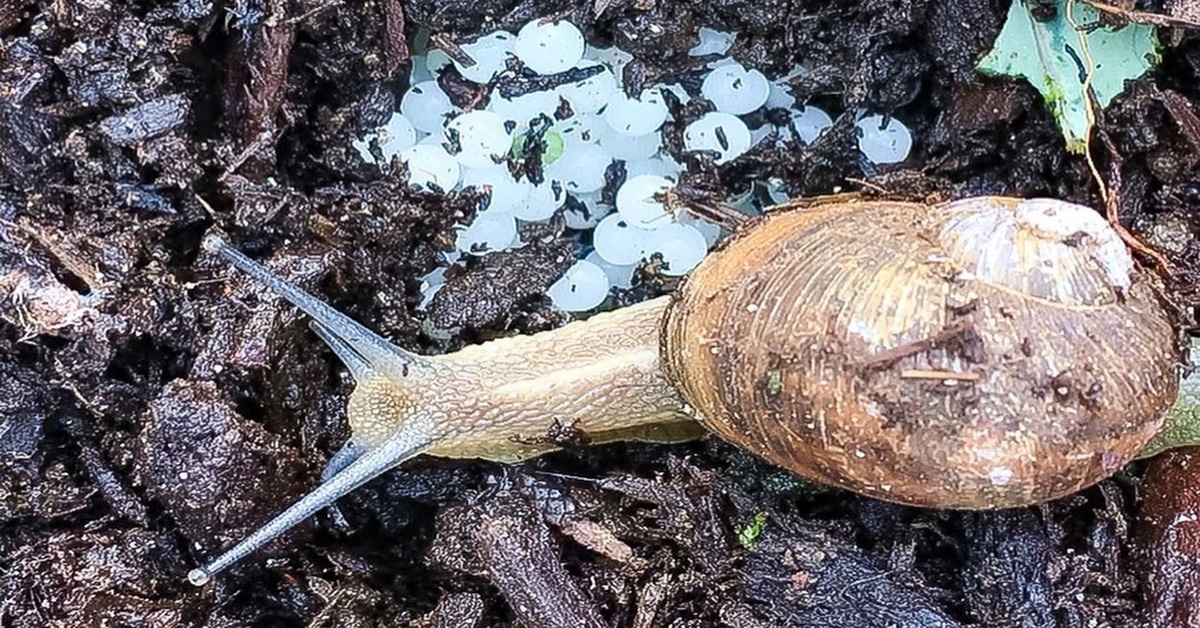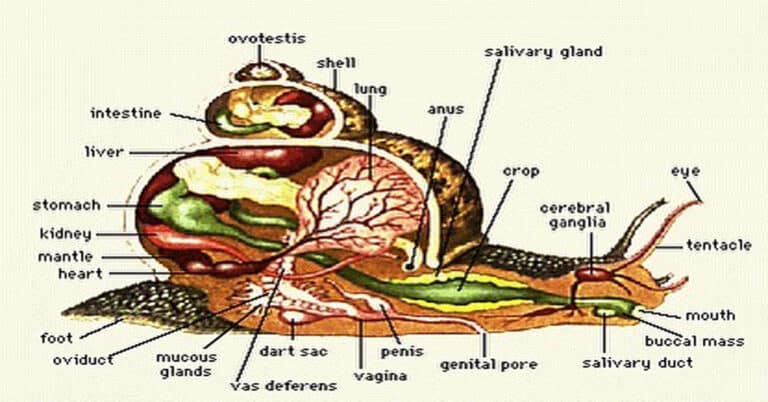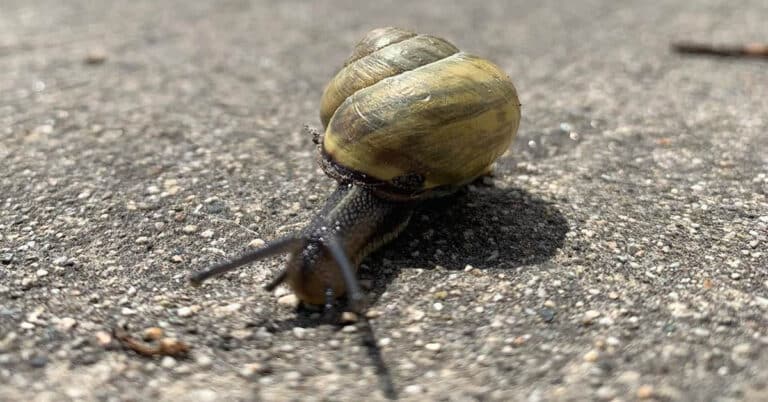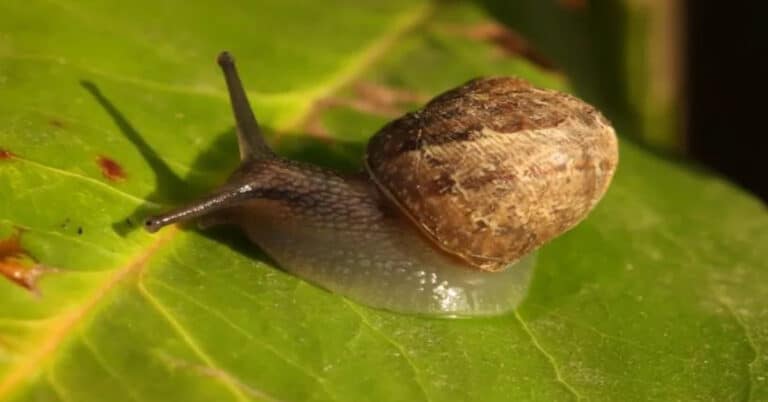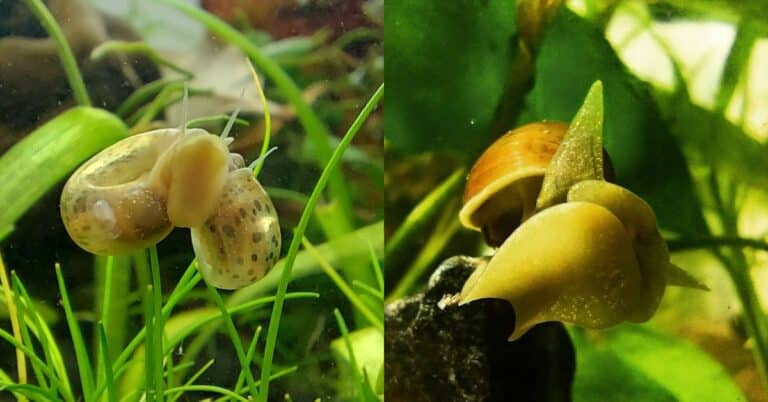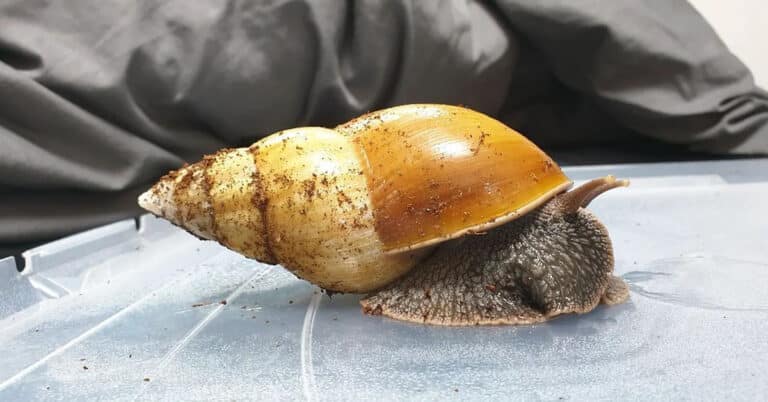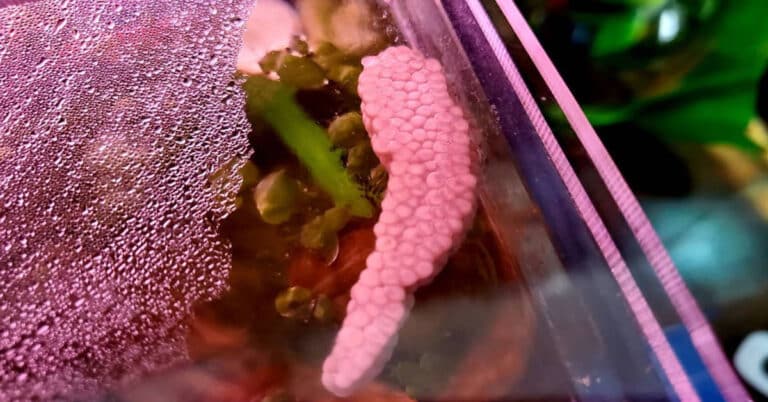Snail Life Cycle – Birth, Development & Mating Habits
Which creature is one of the oldest living species on the planet? It is thought to be a snail that is a patient, fascinating, and resilient animal. They never rush; instead, they walk carefully and gently. We can say that snails are strong creatures that take a great deal of abuse and still keep going. The snail life cycle and biological features are so fascinating to explore.
So, follow the article if you want to find out more about the snail life cycle and other characteristics of this fascinating creature!
General Information about Snail Life Cycle
The period from a snail’s birth to its death is known as the snail life cycle in simple terms. To be more precise, it consists of 3 stages: egg, larva, and adult, and each stage of the snail life cycle is characterized by its specific features.
Before we explore each stage of the snail life cycle, let’s first provide a little background information on this amazing animal.
Birth & Development
Snails’ shells expand during their whole snail life cycle, beginning at birth. Snails need calcium in their diet to maintain a healthy shell, and as soon as they hatch, they start eating the egg’s leftovers and even unhatched eggs.
Baby snails have translucent bodies and soft shells. As they mature, they acquire color and other distinctive features. Most snail species grow quickly, but due to their frailty as young animals, only a few make it through the first year. Land snails have been reported to live up to 7 years, though when raised in captivity, this lifespan may increase.
Sexual Maturity of Snails
As usual, the time it takes for a species of snail to attain sexual maturity might range from 6 weeks to 5 years. The tendency of snails to copulate with another person after reaching maturity is greater than that of self-fertilization.
How Do Snails Find Partners
In the next stages of the snail life cycle, these adaptable species start ready to find a partner. They have a few methods they use to find a mate. snails learn to shoot “love darts”, which are used right before mating, in addition to using touch to entice partners. These darts draw another individual who is prepared for mating using compounds made by the snail.
After mating, snails typically go their separate ways because they are not fussy. However, given their inherent sensitivity to multiple predators, this versatility ensures the survival of their species. Even long-term storage of sperm from prior partners is known to occur in some snail species.
Mating Process
The next part of the snail life cycle is the mating process. Copulation, which is a necessary part of mating, is facilitated by an organ resembling a penis. Sperm is transferred to another person using this organ and eggs are produced following fertilization.
Snails are hermaphrodites, as was already established, which means that following a fruitful marriage, each snail may lay a set of eggs, boosting the chances of survival. Snails are slow at everything they do, even mating, which can take several days.
Gestation Period
Depending on the species, the gestation duration varies. It could take a few days for eggs to mature after mating. When considering terrestrial species, eggs may hatch between two weeks and one month after being laid. Although they are still minimal and squishy during this time, their shell begins to develop from within the egg.
Egg Dropping
As we already mentioned, after successful fertilization, snail eggs may take a few days to develop. The actual egg-laying process takes a few days, but to give the eggs the best chance of surviving, each snail may lay anywhere between 100 and 400 eggs.
Snails of terrestrial species frequently deposit eggs into moist soil by digging with the aid of their ventral feet. The eggs receive additional protection from a dense coating, and the snail typically excavates burrows that are 2 to 4 inches deep.
Egg Hatching
The number of eggs that survived up until that point would determine how many eggs would hatch. The majority of eggs do not hatch because they may fall victim to predators, be washed away by rain, or be subject to other environmental factors. Hatching eggs might take two weeks to one month.
The hatched eggs give the young snails essential calcium because they are already growing. before they hatch due to their nutritional needs. Only a very small percentage of these eggs mature due to predators, environmental dangers, and even unhatched eggs being eaten by their siblings for calcium.
For the most part, land snail species have been used as an example to explain the snail life cycle. Although there are more than 5000 different kinds of freshwater snails alone, many more prefer salt water, making the seas and oceans their preferred environment.
Remember that these are only the species that are known to humans. There may be many more. Along with a delicate shell, infant snails also have an almost transparent body that gradually gains strength and color as they mature. They typically start with a bluish color before changing to brown or a color that is unique to their species.
Snails develop very quickly, but relatively few live to be one year old. They are commonly preyed upon by a variety of predators, and juvenile snails are particularly vulnerable due to their immature growth.
Body Modifications of a Snail
Snail bodies are fascinating because they are remarkably adaptable and changeable. The eyes of water and land snails have evolved to rest on two eye stalks that extend and retract from the body of snails. When the eye stalks retract, they flip inside out, protecting the snail’s vision from weather, predators, and territorial disputes.
Because snails are hermaphroditic, which means they may change sex to reproduce, their bodies have developed for sexual reproduction. In addition to changing sex, certain snails can self-fertilize and reproduce asexually.
The Love Dart and Reproduction In Snails
As we already mentioned, snails are hermaphrodites, which means they employ sexual reproduction to preserve genetic diversity. On the other hand, mating and fertilization differ and depend heavily on the environment. Numerous of these species are known as “aphyllous” because they use their water source to transmit sperm cells to eggs.
While hermaphroditic snails share their sperm and engage in reciprocal copulation, land snails send sperm in packets. Instead of being used right away by other species, these sperm packets gather inside the receiver as the snail looks for a better match.
The roman snail will fire a “love dart” filled with hormones and chemicals into its lover, altering the receiving snail’s sperm oviduct’s muscular contractions and improving the chance of sperm survival and ultimate conception.
Stopping & Hibernating
Some land snails experience a state of lethargy during which their metabolic rate decreases and their respiration and heart rates slow down. It is referred to as estivation if it occurs in the summer and hibernation if it does so in the winter.
Snails withdraw inside their shells during the procedure to maintain their moisture and defend themselves from predators. When they are young, certain snails have the propensity to stay close to where their eggs first hatched, and if they do move away, they often come back in the morning.
Facts about Snail Life Cycle
- In terms of the total number of species in the globe, only insects have more species than snails. They can be found in a wide variety of environments, including gardens, woodlands, deserts, mountains, lakes, and extremely deep regions of the ocean and they are always able to adapt to their circumstances.
- The size, color, and personality variations among snails show how adaptable they are. However, a lot of land animals have the trait of being hermaphrodites, which is one thing they all have in common. Both male and female reproductive systems may be present in a single snail.
- Many species also use chemicals to draw in potential mates. Since a snail’s shell continues to develop throughout the entire snail life cycle, it’s possible to tell how old a particular snail is by looking for circular patterns on its shell. For safety, land animals frequently retract their entire bodies into their shells.
- Snails are raised for this specialized market because they are regarded as a delicacy in many cultures around the world. Certain species of snail eggs have been known to be consumed in several nations. Every snail can produce between 100 and 400 eggs, depending on the species.
- While some cultures view snails as a symbol of idleness, others believe that they stand for patience. both illustrate the snail’s slow rate of movement.
Bottom Line – Snail Life Cycle
In this article, we discussed things connected to the snail life cycle and looked at each stage of it. The snail is one of the oldest organisms still alive on earth. They are fascinating, patient, and resilient creatures.
Snails, as the last point, are social organisms. They look out for one another while living in groups. This can help us understand the value of support and community.

Nato is a content writer and researcher with a background in psychology who’s eager to explore the wonders of nature. As a travel enthusiast and animal lover, she hopes to inspire others to discover and cherish the beauty and importance of the natural world.

